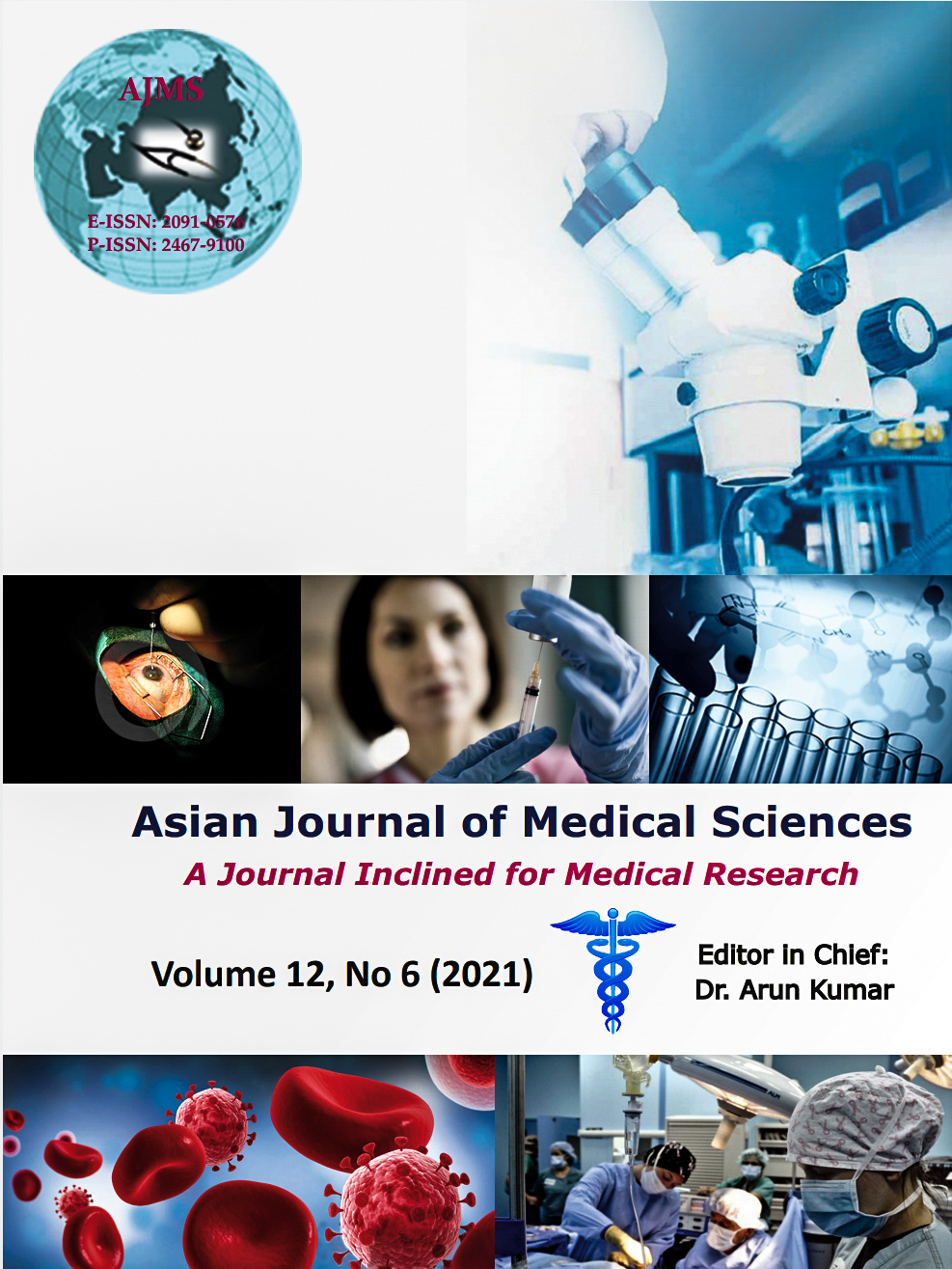A Clinical Study of Obstetrical and Perinatal Outcome In Teenage Pregnancies In Central Referral Hospital (CRH), Gangtok
Keywords:
Teenage pregnancy, Maternal and neonatal outcome, NICU admission, Neonatal MortalityAbstract
Background: Teenage pregnancy can be defined as pregnancy that occurs after menarche up to the age of 19 years. It is one of the important causes of maternal as well as neonatal morbidity and mortality. There is an increased incidence of preterm deliveries in teenage girls with its associated complications in newborn such as increased incidence of hyaline membrane disease in newborn baby, anaemia of prematurity, neonatal hypoglycaemia, hyperbilirubinemia and need for neonatal intensive care unit admissions.
Aims and Objectives: 1.To assess the quantum of problem of teenage pregnancy. 2. To ascertain the different risk factors associated with teenage pregnancy. 3. To evaluate outcome of pregnancy in teenage mothers. 4. To
determine the extent and association of teenage pregnancy with poor obstetric outcome.
Materials and Methods: It was a hospital based prospective case control study. All teenage pregnant patients who were admitted during the study period were included in the study and a representative group of equal number of non-teenage pregnant women who were admitted during the study period were included in the study. For statistical purposes p value less than 0.05 was taken as statistically significant.
Results: The most common single complication in teenage pregnancies was found to be preterm deliveries which was seen in 15 (12%) patients followed by fetal distress (10.40%) Pre-Eclampsia (6.40%) and PROM (4.80%). Amongst non-teenage pregnancies the common complications seen were fetal distress (17.60%), PROM (8.80%). The incidence of PPH was found to be high in teenage pregnancies as compared to non-teenage pregnancies. The comparison of the neonates on the basis of incidence of low birth weight (LBW) showed that more LBW babies were born to teenage mother as compared to non-teenage pregnancies and the difference was found to be statistically significant (P<0.05).
Conclusion: Teenage pregnancy is associated with increased incidence of maternal as well as neonatal complications. In additions to maternal and neonatal complications it also has an immense impact on psychosocial consequences on teenage mothers.
Downloads
Downloads
Published
How to Cite
Issue
Section
License
Authors who publish with this journal agree to the following terms:
- The journal holds copyright and publishes the work under a Creative Commons CC-BY-NC license that permits use, distribution and reprduction in any medium, provided the original work is properly cited and is not used for commercial purposes. The journal should be recognised as the original publisher of this work.
- Authors are able to enter into separate, additional contractual arrangements for the non-exclusive distribution of the journal's published version of the work (e.g., post it to an institutional repository or publish it in a book), with an acknowledgement of its initial publication in this journal.
- Authors are permitted and encouraged to post their work online (e.g., in institutional repositories or on their website) prior to and during the submission process, as it can lead to productive exchanges, as well as earlier and greater citation of published work (See The Effect of Open Access).




